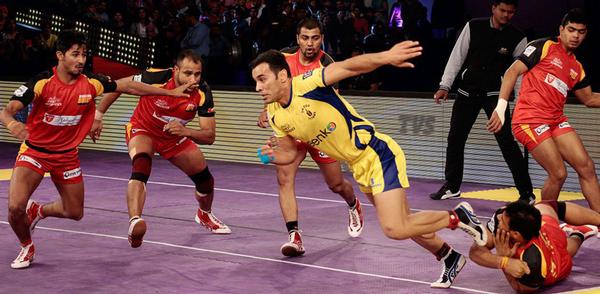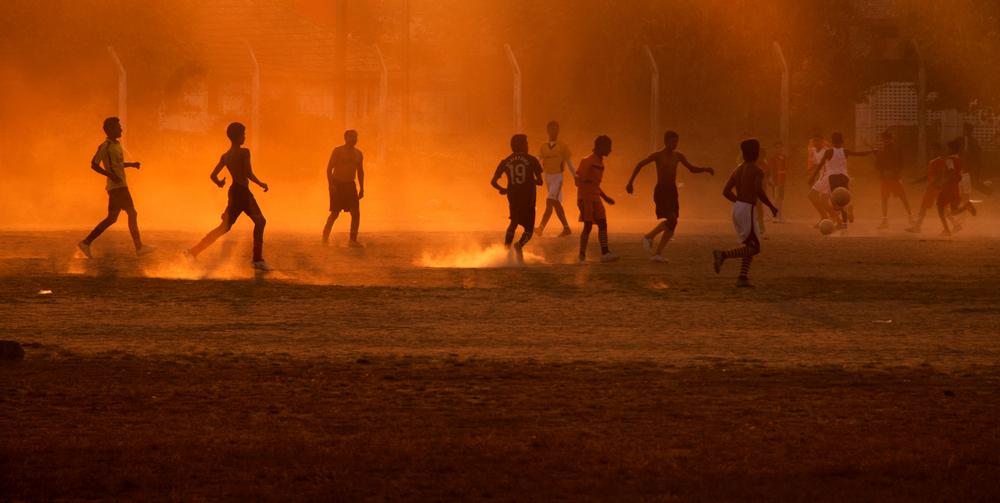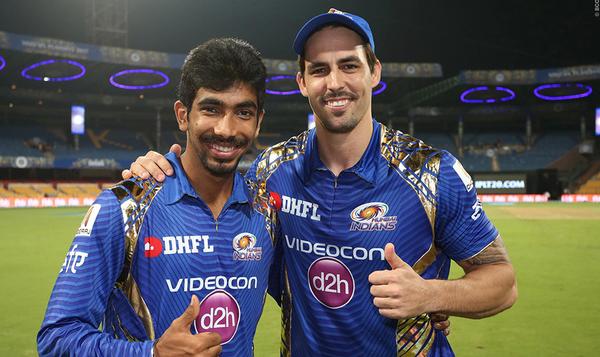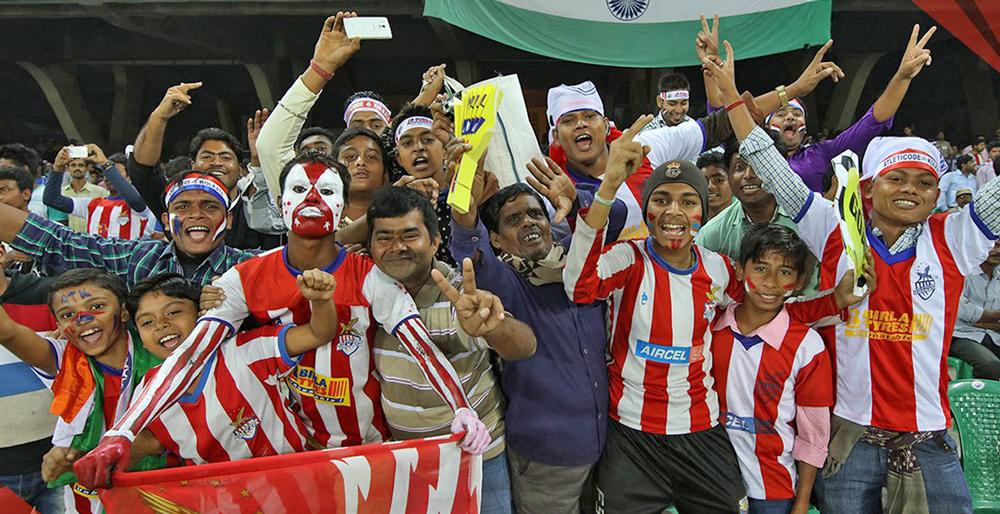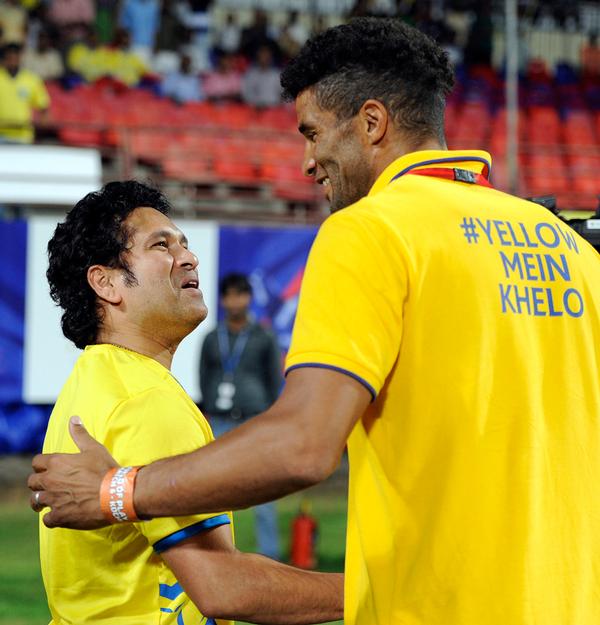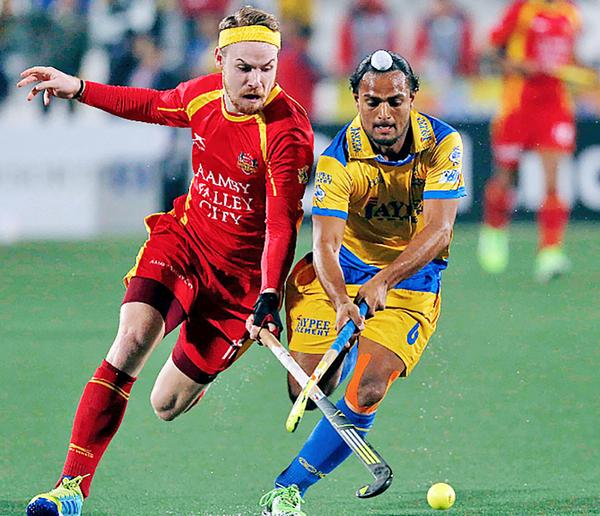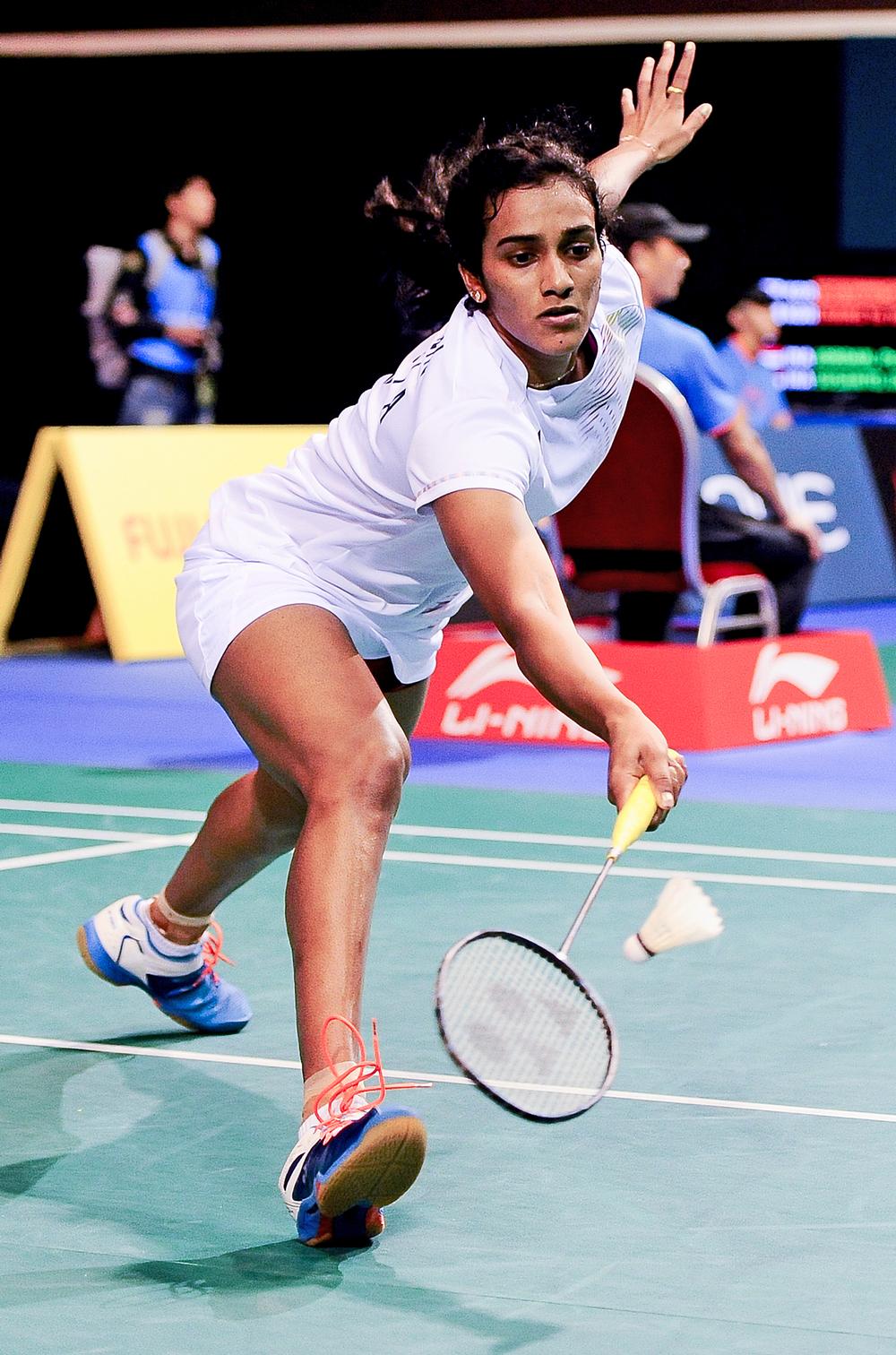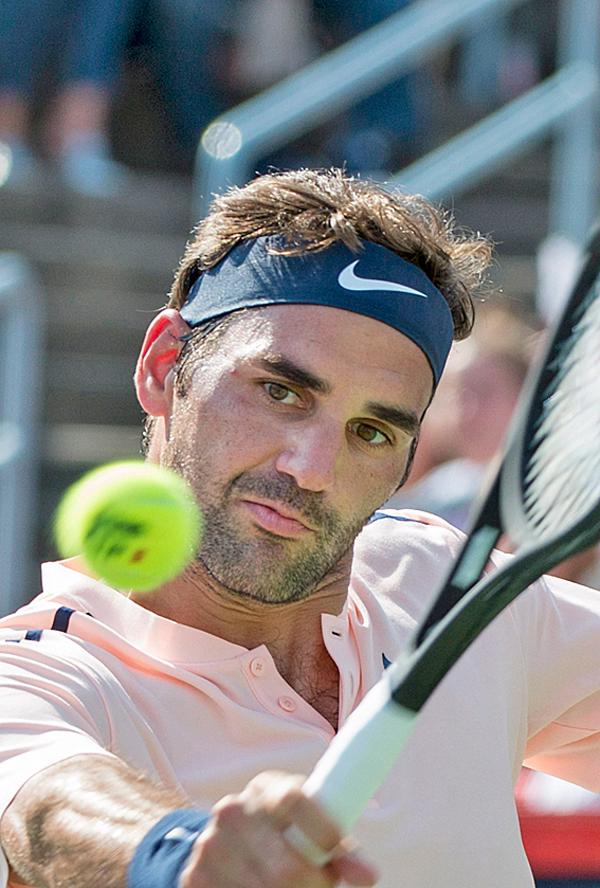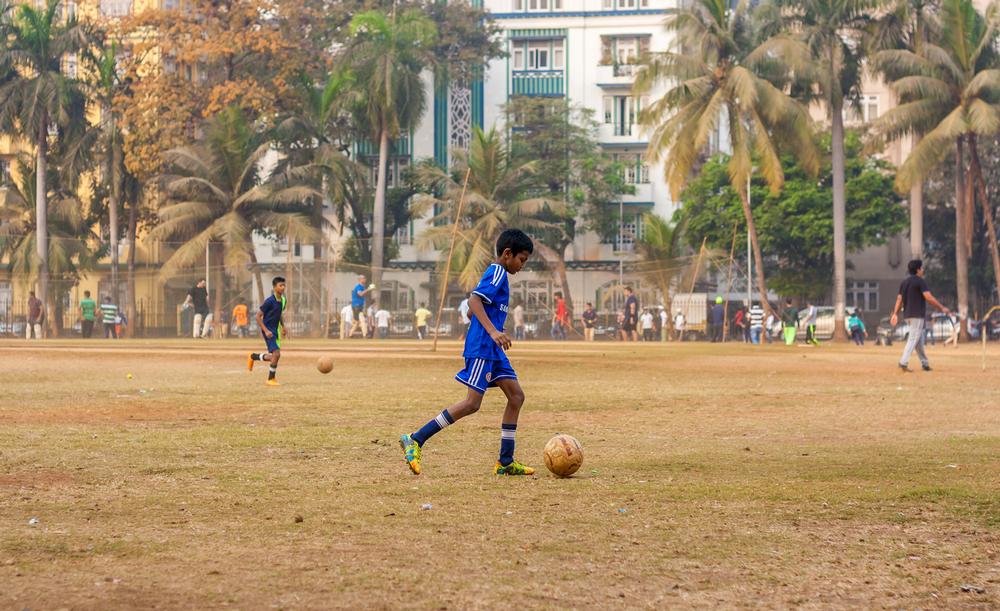features
Emerging nations: Franchising India's sports
The success of the Indian Premier League cricket competition has inspired other sports in India to start their own franchised leagues. With investment starting to flow, could India mirror China to become the next Asian sporting superpower? Tom Walker investigates
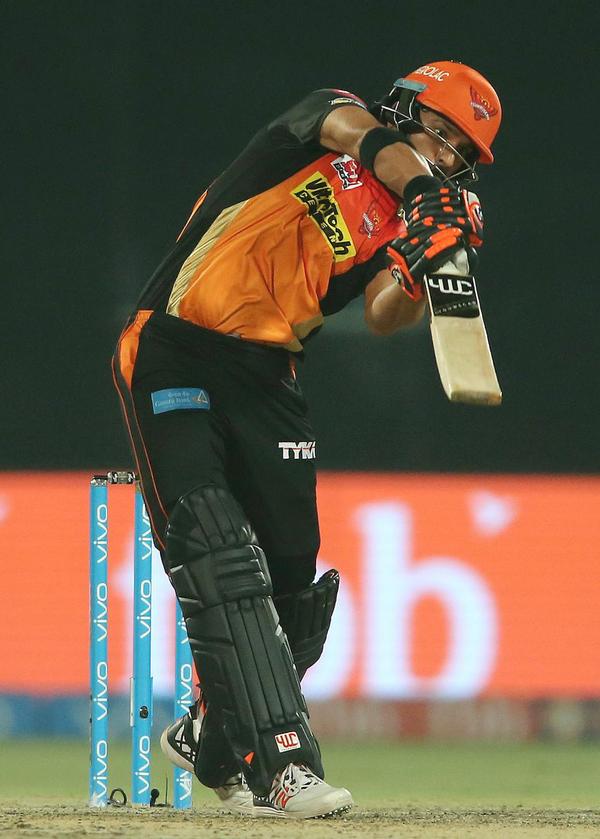
In the 10 years since its launch, the Indian Premier League (IPL) has become the world’s most lucrative cricket competition and a huge hit with fans both in and outside India. The 2017 edition – played in April and May – saw global viewing figures increase 15 per cent on 2016 figures to 411 million, as it was broadcast to new territories, including the Middle East and North Africa.
The IPL is jointly owned and operated by the Board of Control for Cricket in India (BCCI), the sport’s national governing body, and media giant Zee Entertainment Enterprises, and is now one of the world’s most valuable sporting brands. In 2016, US-based corporate finance expert Duff & Phelps valued IPL’s brand at a huge US$4.16bn (€3.51bn, £3.15bn).
The IPL’s success has led to other cricketing nations creating their own franchise-based T20 competitions. Australia launched the Big Bash League in 2011, followed by the Caribbean Premier League in the West Indies in 2013. Earlier this year, the English and Welsh Cricket Board (ECB) announced that it too would launch a franchised competition by 2020.
BEYOND CRICKET
As well as inspiring a cricketing revolution across the globe – by making the 20-over format the most televised version of the sport – the success of the IPL has caused a ripple effect inside India. It has encouraged other sports in the country, such as football, hockey and tennis, to set up their own franchised leagues.
The format for the leagues is simple. Groups of investors – usually between eight and 12 – are given a team (a franchise), and they lure the world’s top players to play for the team in return for a hefty pay packet. The big-name players attract media interest, broadcast deals and large crowds. The resulting ticketing, broadcasting and other revenues are collected into a central pot and shared by the league and the individual franchises.
The new leagues are being launched into fertile territory. India has a young population – the country’s 1.2 billion people have a median age of 27 – so there’s huge potential for gaining an engaged audience. Having one of the fastest growing economies in the world (a rate of 7.6 per cent in 2015) also means there is now a rapidly-growing middle class, which can afford to follow and invest in sport.
“The young, urban middle class is a large and growing market segment in India,” says Professor Simon Chadwick, co-director of the Centre for Sports Business at Salford University. Chadwick is an expert on emerging sports markets in Asia, having followed the region for nearly two decades.
“The middle class in India is expanding, spending more and is predisposed towards sport,” he adds. “This is currently based around health and fitness, but a significant part of the segment will spend on sport too.”
FOOTBALL
One of the first Indian sports to follow the IPL’s model of a franchised professional league was football. While cricket is far and away the country’s most popular sport, there are pockets – such as the north-eastern states of Meghalaya and Assam – where football competes for the status of top sport. This was reflected in the makeup of the first ever Indian Super League (ISL) when it was launched in 2014. Despite being a small economic area, the North East was one of the eight regions to be given a franchise (North East United FC).
The ISL is operated by the sport’s national governing body, the All India Football Federation (AIFF) and sports broadcaster STAR TV. As well as copying its franchised model from IPL, the ISL shares another connection with cricket – many of the eight ISL clubs are owned by cricketing superstars. Former India cricket captain Sachin Tendulkar is a part owner of the Kochi-based Kerala Blasters, while his former team mate Sourav Ganguly won the bid for the Kolkata franchise, which he operates in partnership with Spanish La Liga team Atlético Madrid.
ISL has proven to be a big hit. In 2016, the average attendance for league games reached 26,376 – making ISL the fifth best attended professional football league in the world behind the German Bundesliga, English Premier League, Spanish La Liga and the Mexican Liga MX.
As well as being a commercial success, the launch of the league has had a huge impact on football development in the country – from grassroots to elite level. It has raised the profile of football and, as the money from the ISL has begun to trickle down to the grassroots, has significantly improved the facility infrastructure.
ISL figures show R50 crore (US$7.8m, €6.8m, £6m) has been spent on improving the eight stadiums where games take place. This benefits local clubs that play at these venues outside the two-month ISL season.
Since its launch, ISL has strengthened India’s credentials as a footballing nation. Perhaps the clearest sign of this is FIFA’s decision to award the Under-17 World Cup – the sport’s third most important international tournament – to India. The tournament will be held across six cities – New Delhi, Kolkata, Guwahati, Margao, Kochi and Navi Mumbai – from 6 to 28 October.
Speaking at the Soccerex 2016 conference in Manchester, Kushal Das, general secretary of AIFF, said the success of ISL has allowed fresh investment in facilities.
“Significant investments have been made by the clubs and the league into infrastructure for pitch improvement as well as improving facilities,” Das said. “That has made it easier for the spectators to come with their families. The involvement of Bollywood, along with corporates, in the ownership of the new clubs also generated a fair amount of interest and visibility.”
HOCKEY
While football is still finding its feet in India, another sport with a proud history in the country is looking to use the franchised league model to rejuvenate its fortunes. Hockey, formerly India’s national sport, has wallowed in the doldrums for a number of years. Once a world power – India won six consecutive Olympic gold medals between 1928 and 1956 – the standard of the national team had declined so badly that the team failed to qualify for the 2008 Beijing Olympics.
In late 2012, following another disastrous showing, this time at the London 2012 Olympics (India finished last), the Indian Hockey Federation began efforts to revitalise hockey. As part of the plan, it partnered with Nimbus Sport, a branch of Indian conglomerate Nimbus Communications, to launch a franchised hockey league – hoping to emulate IPL’s success.
Now in its fifth year, the Hockey India League (HIL) has provided the sport with a major boost. As well as raising hockey’s profile, the league has secured its commercial future and provided the Indian Hockey Federation with additional funding – thanks to a R14.73 crore (US$2.3m, €2m, £1.7m) title sponsorship deal with coal mining behemoth Coal India Limited.
According to Mushtaque Ahmad, chair of HIL, the sponsorship deal has been crucial for growing the grassroots sport. “The biggest winners are the players,” Ahmad says. “Young talents will now have the opportunity to dream of a career in hockey. This is only possible thanks to the incredible support we’ve received from Coal India.”
While the exact levels of funding haven’t been disclosed, the effects of the HIL have already had a positive impact on the national team’s fortunes. Four years of regular, top-level league hockey resulted in the Indian team making it to the quarter-finals at the Rio 2016 Games – for the first time in 36 years.
BADMINTON & TENNIS
As well as working for team sports, the franchised model has been successfully introduced to individual sports. Both badminton and tennis have set up leagues with the intention of attracting some of the world’s best players and, as a result, larger audiences.
Played for the first time in November 2014, the International Premier Tennis League (IPTL) has attracted stars such as Serena Williams, Roger Federer, Rafael Nadal and Andy Murray. It’s been a hit with audiences, with IPTL matches now being beamed to more than 125 countries and 300 million households.
Meanwhile, the Premier Badminton League (PBL) enjoyed its third season in 2017. Badminton is often described as the second most played sport in India after cricket and, according to national governing body Badminton Association of India (BAI), PBL has strengthened that position.
“PBL is the most popular badminton league in the world,” says Himanta Biswa Sarma, president of BAI. “Besides showcasing the best of international and Indian badminton talent in India, the tournament has been successful in widening the base of the game with more people eager to take it up at a professional or recreational level.”
CHASING CHINA?
Does the combination of a number of new sports and a booming middle class with disposable income mean that India could threaten China’s position as the sporting behemoth of Asia? Will enough investment trickle down from the franchised leagues to the grassroots to set in motion an increase in participation numbers?
Not quite yet, says Chadwick. “Indian sport is forever a promise waiting to be fulfilled,” he says. “If you look at India’s economic strength and its population size, the country remains the world’s most under-achieving sporting nation.”
Chadwick adds that while there are similarities between China and India, the approach towards sport remains far apart. In China, efforts to grow sport are government-driven as sport is seen as a ‘soft power’, which can be wielded on the global stage.
Chadwick says: “China is state-dominated and centrally planned, while India is laissez-faire in its approach, with minimal state involvement. Entrepreneurs and investors also play a huge role in Indian sport.”
Chadwick predicts that while some of the commercial successes of the franchised leagues will benefit sport and lead to local growth, it will take time for any real changes to be seen in the way sport is organised in the country – especially outside urban, economic growth areas.
“There simply aren’t the facilities for grassroots sport development in India,” Chadwick continues.
“India is so vast and so diverse that there is no coherent approach to grassroots sports development. Some children and their families still have much more pressing concerns than playing sport.”
“If India wishes to unlock its sporting potential, the government needs to make a commitment to sport. China has made long-term commitments to sport – including hosting the Olympics and pledging to win the FIFA World Cup – and would lose face if it retrenches. If India wishes to challenge China, it must do the same.”
KABADDI
One of the more exotic sports to have set up an IPL-style elite league is Kabaddi – the traditional Indian sport best described as a cross between wrestling and rugby. Needing only a patch of earth and no equipment, the sport has flourished in remote rural areas, but previously lacked the backing to become a national phenomenon.
The turning point for the sport came when Charu Sharma, a cricket presenter and former boss of an IPL cricket team, got the idea of starting a league of his own. He convinced high-profile owners to buy teams and kept ticket prices low.
Enter the Pro Kabaddi League (PKL), a glitzy version of the village sport played indoors under disco lights, with loud music and cheering fans. Inaugurated in 2014, the league has IPL-style franchises backed by celebrity owners and corporate sponsors.
Each team must have at least three foreign players in an attempt to spread the sport outside India. During its inaugural season, an amazing 430 million viewers tuned in to watch on television, second only to the IPL’s 552 million.
Kabaddi has built a strong economic foundation for continued growth. Top players in the PKL earn up to 4m to 5m rupees a year (US$63,000-US$78,000).
